Effective Basement Mold Removal Services
As a homeowner, nothing spells disaster quicker than discovering the dreaded signs of mold creeping up on the walls of your basement.
The health risks related to such an invasion, along with the damage inflicted on your property, can be daunting.
At Mold Busters, we’ve spent years helping our customers eradicate and prevent these silent intruders.

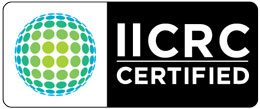
🔎 Request a Call
The Hidden Danger Lurking in Your Basement
Basement mold in Canadian homes is a silent threat, often unnoticed until it’s too late. It’s not just an eyesore; it poses significant health risks, such as allergies and respiratory issues, and can cause severe structural damage. Understanding the importance of early detection and remediation is crucial for maintaining a healthy living environment.
Unveiling Mold Busters’ Expertise
Since 2005, Mold Busters has been pioneering mold removal in Canada. Our journey began with a personal battle against mold, leading to a mission of providing top-notch mold remediation services. With a team of highly trained experts and a commitment to using the latest technologies, we are equipped to handle any mold situation.
Our Specialized Mold Removal Process
We follow a thorough, step-by-step process to ensure complete mold removal:
- 1. Inspection and Assessment: Identifying the source and extent of mold growth.
- 2. Containment: Preventing mold spores from spreading during removal.
- 3. Removal and Cleanup: Using advanced techniques to safely remove mold.
- 4. Restoration: Repairing and restoring affected areas to prevent future growth.
Worried About Basement Mold? Get a Free Inspection!
Basement mold can be a hidden hazard, difficult to identify, and dangerous to your health. Don’t let it go unchecked! Contact Mold Busters for a free virtual mold inspection. Our experts are ready to provide you with a comprehensive assessment and a plan to tackle any mold issue, ensuring your home is safe and healthy. Act now to protect your space!
Book Your Free Virtual Inspection NowClient Testimonials

Jennifer, Ottawa, Ontario
After discovering mold in our basement, we were overwhelmed. We contacted Mold Busters, and it was the best decision we could have made. Their team was prompt, professional, and thorough. Not only did they remove all the mold, but they also advised us on how to prevent future growth. Our basement is now safer and healthier, thanks to Mold Busters.

David L., Montreal, Quebec
I noticed a musty smell in my basement and reached out to Mold Busters. Their inspection was comprehensive, and the removal process was smooth and effective. I was particularly impressed with their attention to detail and their commitment to educating me about mold prevention. Highly recommend their services for anyone facing mold issues.
10% OFF
Schedule services online and save!
Available for home owners, landlords, businesses & property managers. If you are a tenant, please call to schedule your appointment.
YOUR PROMO CODE
MARCH10
Valid until March 31st, 2023
Causes and Effects of Basement Mold
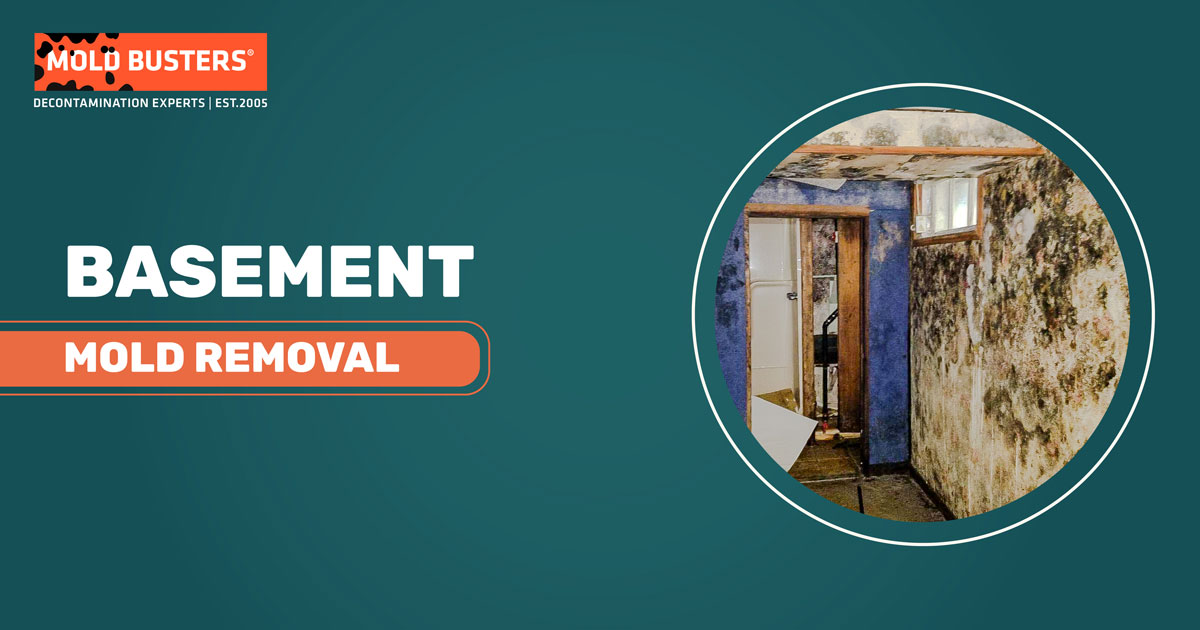
Basements provide a conducive environment for mold growth due to their damp, dark, and humid conditions. Mold spores thrive on moisture, and once they find themselves in ideal conditions, they can reproduce at an alarming rate. Some typical causes of basement mold include flooding, leaky pipes, faulty drainage systems, and high humidity levels.
Mold proliferation in basements poses significant health risks. People living and working in spaces with higher mold concentrations are more susceptible to illnesses such as respiratory diseases, coughing, sneezing allergies, headaches, skin irritation, nausea and fatigue. Furthermore, structural damage might occur over time if mold growth is left unchecked.
Say you just moved into a new house and realized there’s water seeping through your basement walls or musty odor emanating from the space. That’s probably a sign of mold infestation that requires immediate action to mitigate the risks associated with it.
Mold Remediation Solutions
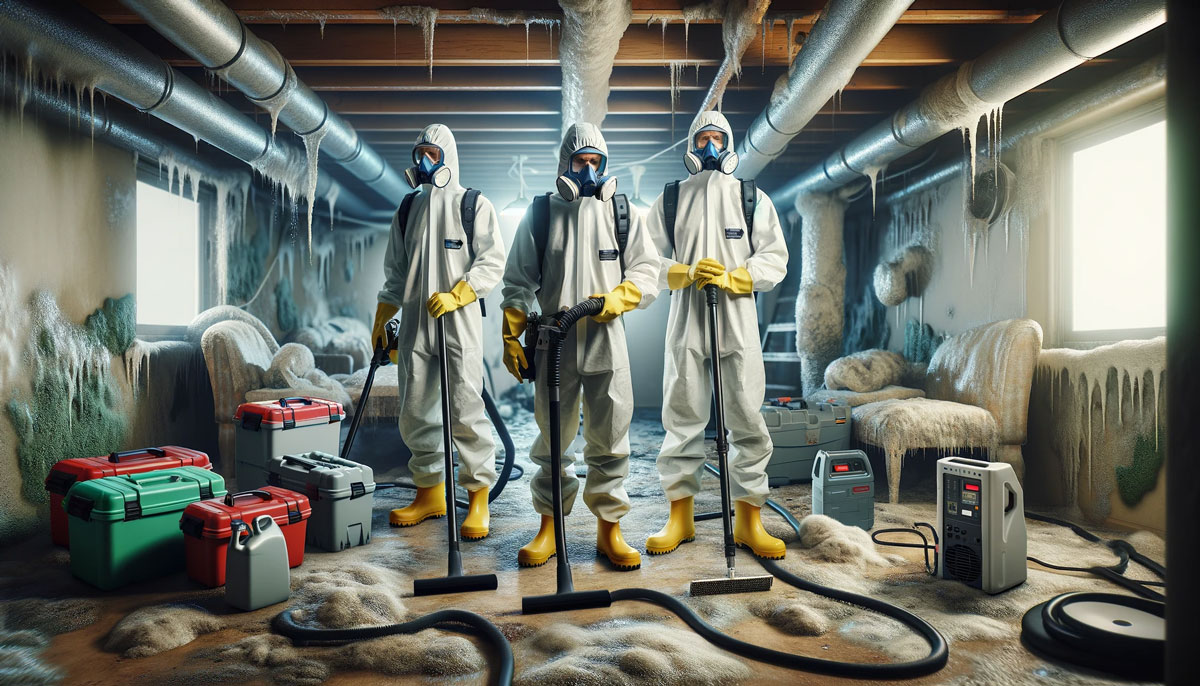
For all homeowners, if there is any suspicion of mold growth in their homes, quickly addressing the issue is critical. Not only for personal health reasons but to avoid potential structural damage.
One of the primary methods employed by professionals like Mold Busters is dry-fogging. This technique involves creating a dry mist that releases antimicrobial agents throughout your home. The mist can penetrate all areas that spores can travel through.
Other methods include chemical-free soda blasting, which expediently removes mold from surfaces without causing disruption or damaging adjacent materials.
Some individuals attempt DIY solutions that yield subpar results at best. While some cheaper methods might seem appealing initially, often employing amateurish solutions can exacerbate already severe issues that could potentially lead to extensive damage and costs.
It’s essential to recognize that professional services like Mold Busters utilize trained technicians and certified technologies to ensure the most effective mold remediation possible.
Additional Precautions
Now that we have established the crucial role of professionals in mold remediation, let’s explore some additional precautions you can take when managing basement mold.
Firstly, ensuring optimal air circulation through proper ventilation is vital. Cleaning HVAC systems regularly as they can accumulate dirt, dust, and other contaminants; this includes essential parts like air filters and thermostat sensors.
Additionally, reduce humidity levels by using dehumidifiers or air conditioners to regulate your home’s atmosphere. This serves to deter mold growth while preventing damage from condensation on walls in colder climates.
These general tips will help you further mitigate the risk of basement mold growth. Suppose you suspect any arisen problems beyond your control reach out to professional services immediately.
Prevention and Environment Cleanup
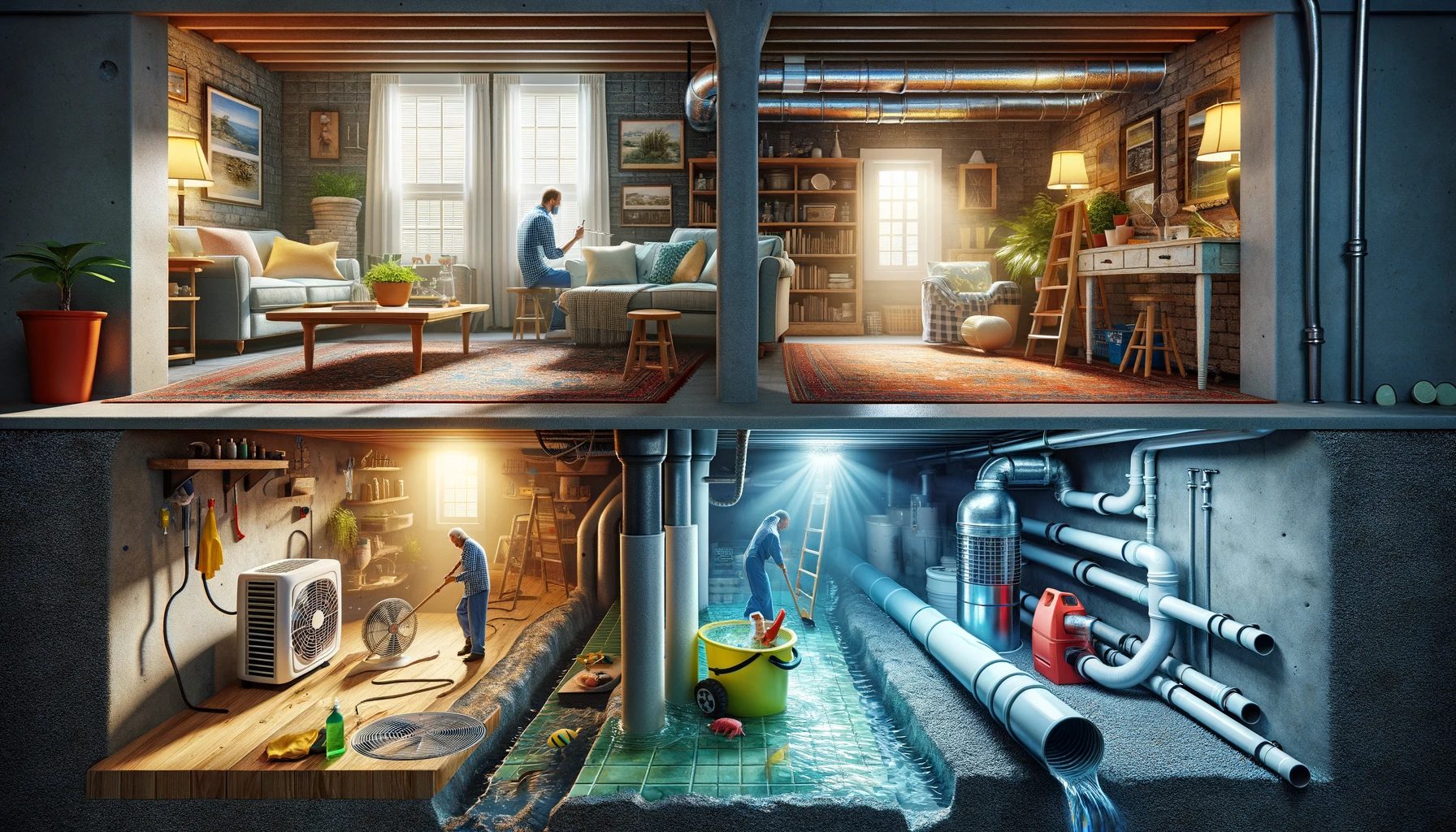
While specific strategies help manage existing mold problems, prevention starts with fostering an environment that isn’t conducive to growth in the first place.
- To combat excess humidity levels, invest in dehumidifiers that keep dampness at bay. Alternatively, use fans to improve ventilation within enclosed spaces.
- Avoid using carpets or rugs in basements as they tend to trap moisture and can become a breeding ground for mold. Instead, consider using tiles, vinyl, or other non-porous flooring options that are easier to clean and maintain.
- Regularly inspect cleaning equipment like detergent bottles, mop buckets, and sponges for mold growth. Ensure proper drying and storage after usage.
- One environmental cleanup trick involves placing moisture absorbers like silica gels or activated charcoal in the basement corners to dry out excess humidity in the air. Remember to replace them regularly.
- Regular inspections of pipes and leaks can also help maintain a dry environment. Keep gutters and downspouts clear so water doesn’t get trapped around your foundation walls.
- Some homeowners prefer painting their basement walls with waterproof paint. However, this only covers up potential problems with mold growing beneath the surface and isn’t a long-term solution.
By employing these preventative strategies, you’ll help create a less hospitable environment for mold growth and keep your basement mold-free for years to come.
Using Aerobic Cleaners and Humidifiers for Mold Prevention
To prevent mold from growing in your basement, regular cleaning is essential. Using disinfectants available in the market may help remove excessive moisture or debris that can accumulate in your basement over time, providing mold with a breeding ground to colonize into an uncontrollable growth. For instance, aerobic cleaners are some of the most effective solutions at breaking down cellulose materials while preventing the growth of mold spores on them. In addition, using humidifiers, especially during summer months when humidity levels tend to be high, may help maintain optimal humidity levels throughout the space. By keeping your basement free from excess moisture and debris build-up, you ensure a dry environment where mold will find it inhospitable to grow.
Suppose you store cardboard boxes filled with documents in your basement. Over time dust accumulates on these boxes, providing an ideal nourishing environment for mold spores to attach themselves onto the surface while continuing to feed off the material. By removing the boxes, you avoid this scenario altogether.
Final Steps: Debris Removal and Odor Elimination
After removing the contaminants that can provide moisture and food sources for mold growth, the next step is a thorough cleaning service to eliminate any remaining traces of mold-producing substances within your basement surfaces.
Think of debris removal like removing old crockery from your kitchen that you do not need. By eliminating debris and unnecessary items from your basement, you create space for cleaner air and a fresher environment.
Odor elimination, on the other hand, is like cooking; with every ingredient comes a certain flavor or aroma. However, sometimes the mixture can turn out terrible due to underlying causes that require tweaking and adjustments after evaluation.
If dealing with obnoxious mold growth issues persists, contacting professional mold remediation services by Mold Busters can help identify hidden sources of unwanted moisture while providing effective solutions.
🔎 Request a Free Consultation
FAQ
To remove mold from drywall and wood, create a mixture of one gallon of water with a cup of bleach. Wearing gloves and a mask, apply the solution with a scrub brush. Remember to ventilate the area and avoid mixing bleach with ammonia or other chemicals to prevent harmful reactions.
Begin by wearing protective clothing, gloves, and a mask. Vacuum the area to remove loose spores, then use a mixture of water, vinegar, and baking soda in a spray bottle to treat the affected areas. Scrub with a brush and let the area dry completely. For severe mold damage, professional remediation may be necessary.
Vinegar is an effective natural product for sanitizing surfaces with mildew or mold. Mix equal parts water and vinegar in a spray bottle, apply to the affected area, and scrub with a brush. Vinegar can help disinfect and remove stains without harsh chemicals. Please note that the effectiveness of vinegar on porous materials like wood, drywall, and carpet is limited, as it may not fully penetrate the surface, leading to potential mold regrowth.
The average cost of mold remediation in an unfinished basement varies depending on the extent of mold damage and the size of the area. It typically includes expenses for professional inspection, cleaning, repairs, and possibly waterproofing. Consult a professional for a precise estimate.
When handling mold removal products, always wear protective gear like gloves, goggles, and a mask. Ensure good ventilation in the area to maintain air quality. Follow the instructions on the product label carefully, and avoid mixing different chemicals to prevent harmful reactions. If you have symptoms of asthma or other allergic reactions, it’s best to seek professional help.
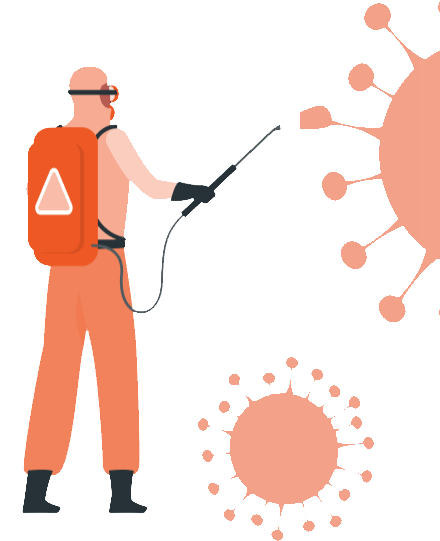
Basement Mold Removal Services Near Me in Ottawa
- Brockville
- Belleville
- Carleton Place
- Cornwall
- Hawkesbury
- Kanata
- Kemptville
- Kingston
- Nepean
- Orleans
- Ottawa
- Perth
- Smiths Falls
Basement Mold Removal Services Near Me in Montreal
Contact Us
Have more questions or need assistance? We’re here to help!: